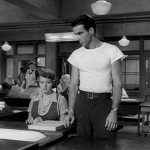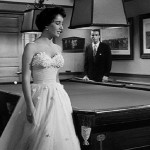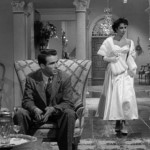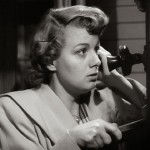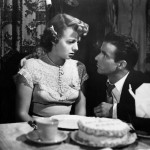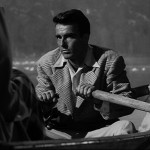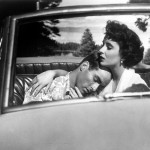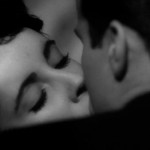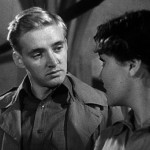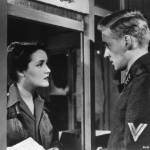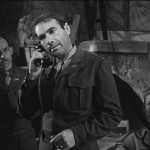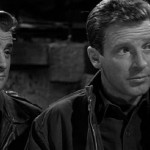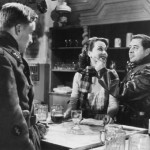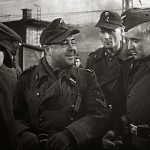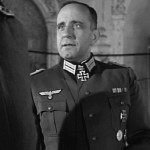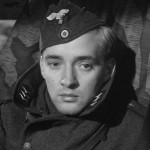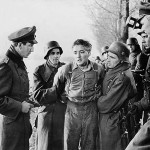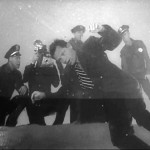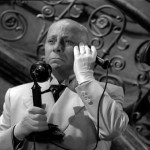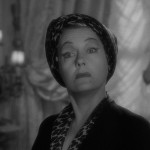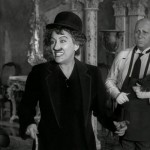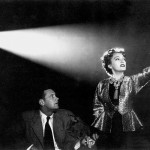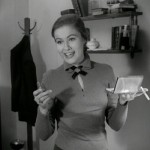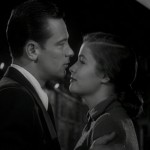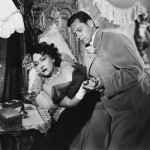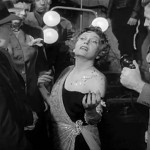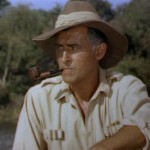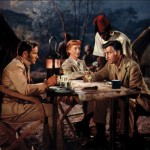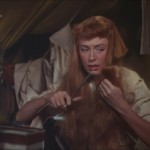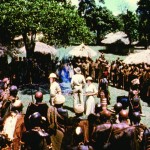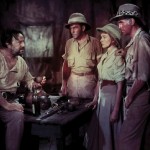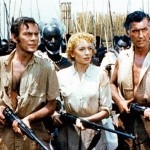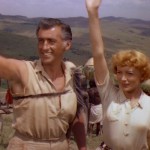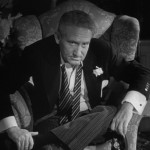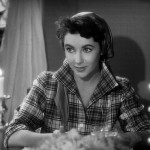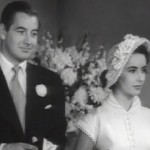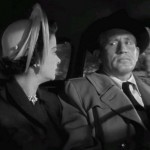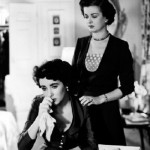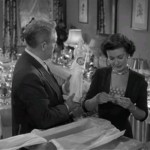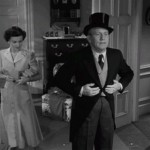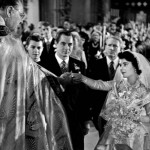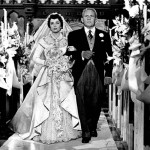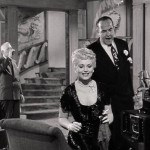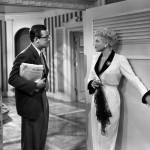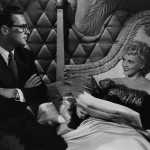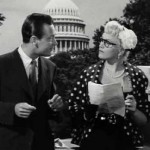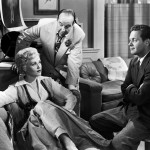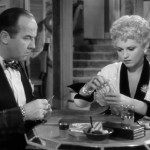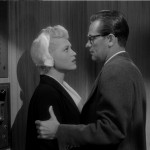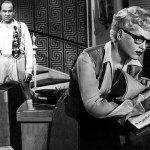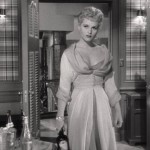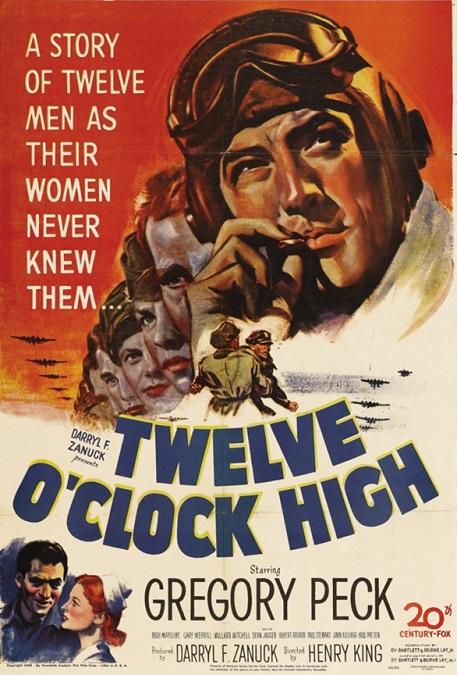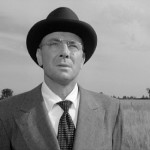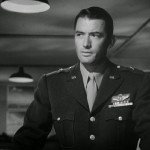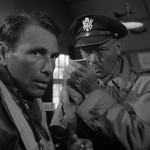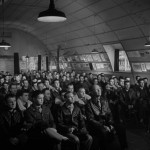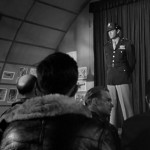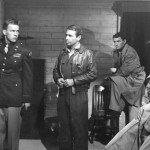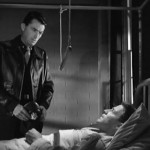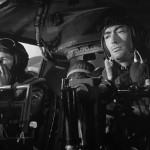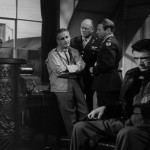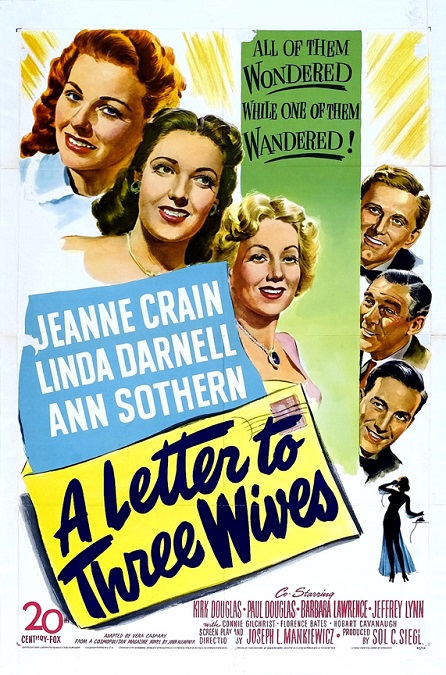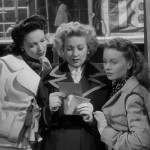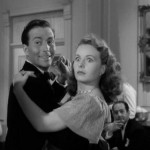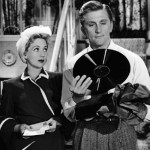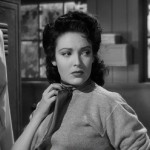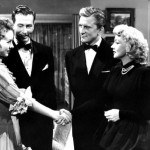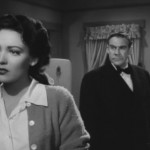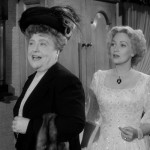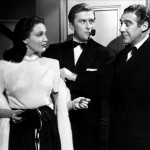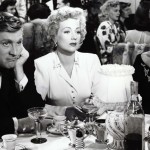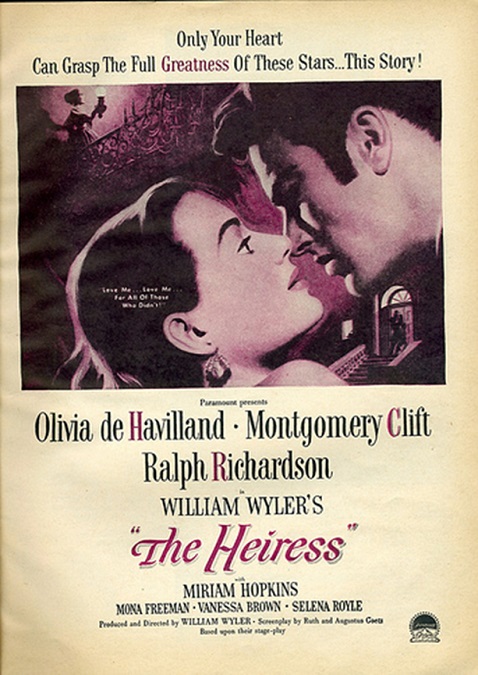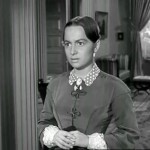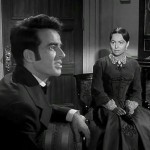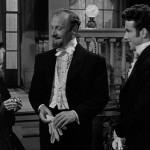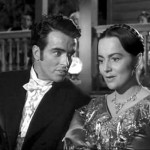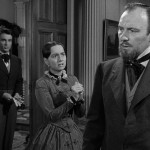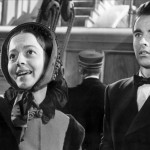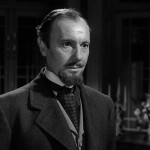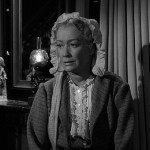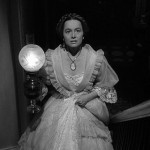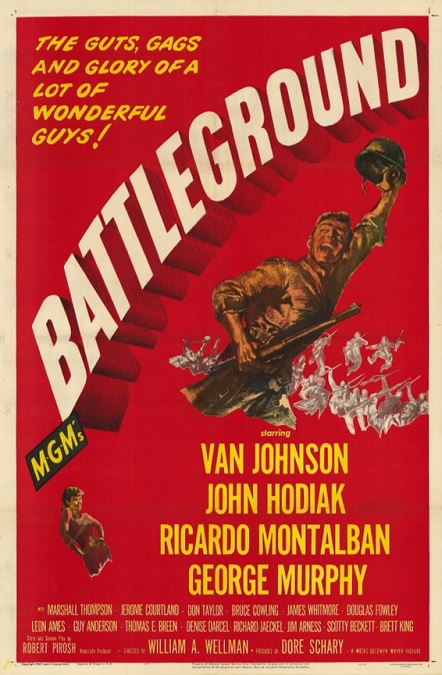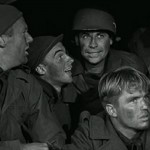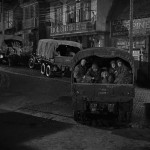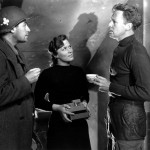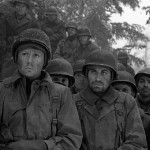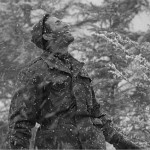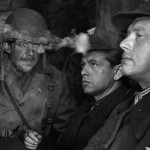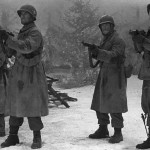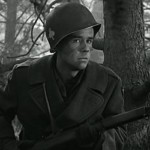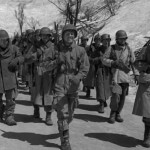
A Place in the Sun – 1951
A Place in the sun was a wonderful movie that really has had me thinking about it, even after the film was over. It was drama done the way one should be done. The characters were complex and real, the plot was very believable, and the tragic ending was sad, horrifying, and appropriate, all at the same time. In fact, I think that it was a better movie than An American in Paris, the film that won the Academy Award for Best Picture in 1951.
The film starred Montgomery Clift, Elizabeth Taylor, and Shelly Winters. Clift took the lead, playing the part of George Eastman, a poor, working-class man. He is a good man, at heart, though his morals are questionable. He is a liar, but not a very good one. He makes one bad decision after another, and the main question I was left with at the end of the movie was: Should he have been convicted of murder?
You see, I still think he was a good man. He just wasn’t a very smart one. He is poor, but gets a good job working for his wealthy uncle’s factory. The only rule he is given is that he refrain from fraternizing with any of the female employees. But he can’t do that. He meets co-worker Alice Tripp, played by Shelly Winters, and starts dating her. Before long, he gets her pregnant. Then he starts getting promoted as his uncle takes him under his wing and into his home. While there, he meets Angela Vickers, played by the beautiful Elizabeth Taylor. And here is where I have to suspend my disbelief for a brief moment. They fall madly in love with each other at first sight. Because that’s how love works.
Either way, they are hopelessly in love, which becomes a problem for George as he has to start leading a double life: one with Alice and the other with Angela. His terrible solution is to murder Alice. So he takes her to a lake, knowing that she cannot swim. But he can’t do it. He is obviously troubled, but cannot bring himself to kill her.
Unfortunately, she accidentally causes the boat to capsize and drowns. But his bad decisions continue. He flees the scene and tries to hide her death. He tries to run from the law. This guy is a very inept criminal. He has left an incriminating trail of evidence behind him, and when he is caught and tried for murder, the guilty verdict is inevitable.
Taylor was just 17 years old when filming took place, but she was a real stand-out. She was beautiful and her acting had a subtle softness to it that was quite charming. Her emotions were real, but not over-stated. I really felt for her character, as she was an innocent victim of the whole situation.
And while I am on the subject of Taylor, I have to mention the gorgeous gowns she was given to wear. Costume designer Edith Head was already a big name in the film industry, but I think she really out-did herself. The glamorous dresses that Taylor wore were exquisite and she wore them well.
Clift’s performance was also noteworthy. He seemed to really understand the character. The way he reacted to the consequences of his poor decisions were believable and heart-wrenching. And then, in the end, when he was convicted of murder, his disbelief had just the right touch of confusion and despair to make him a truly tragic figure. His mind was no longer in contact with reality, and he started to question his own innocence.
And lest I forget, Shelly Winter’s portrayal of Alice was also well done. She was just the right mixture of innocence, fear, confusion, and self-pity, with a healthy amount of pathetic neediness. I didn’t want her to die, but she was annoying enough that I wanted her to go away. In other words, she played the character well.
So I am left with a big question. Was he a murderer in his heart, or was he completely innocent in the eyes of God? I don’t know. It seems to be a moral question with an answer that is unclear, making me question the rightness of his fate. Did he deserve to be punished with a death sentence? Watch the film and decide for yourself.

